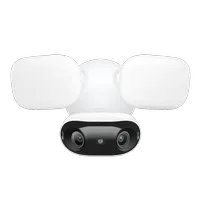5 things to think about when buying and installing an outdoor security camera
These guidelines will keep you happier with a home security purchase
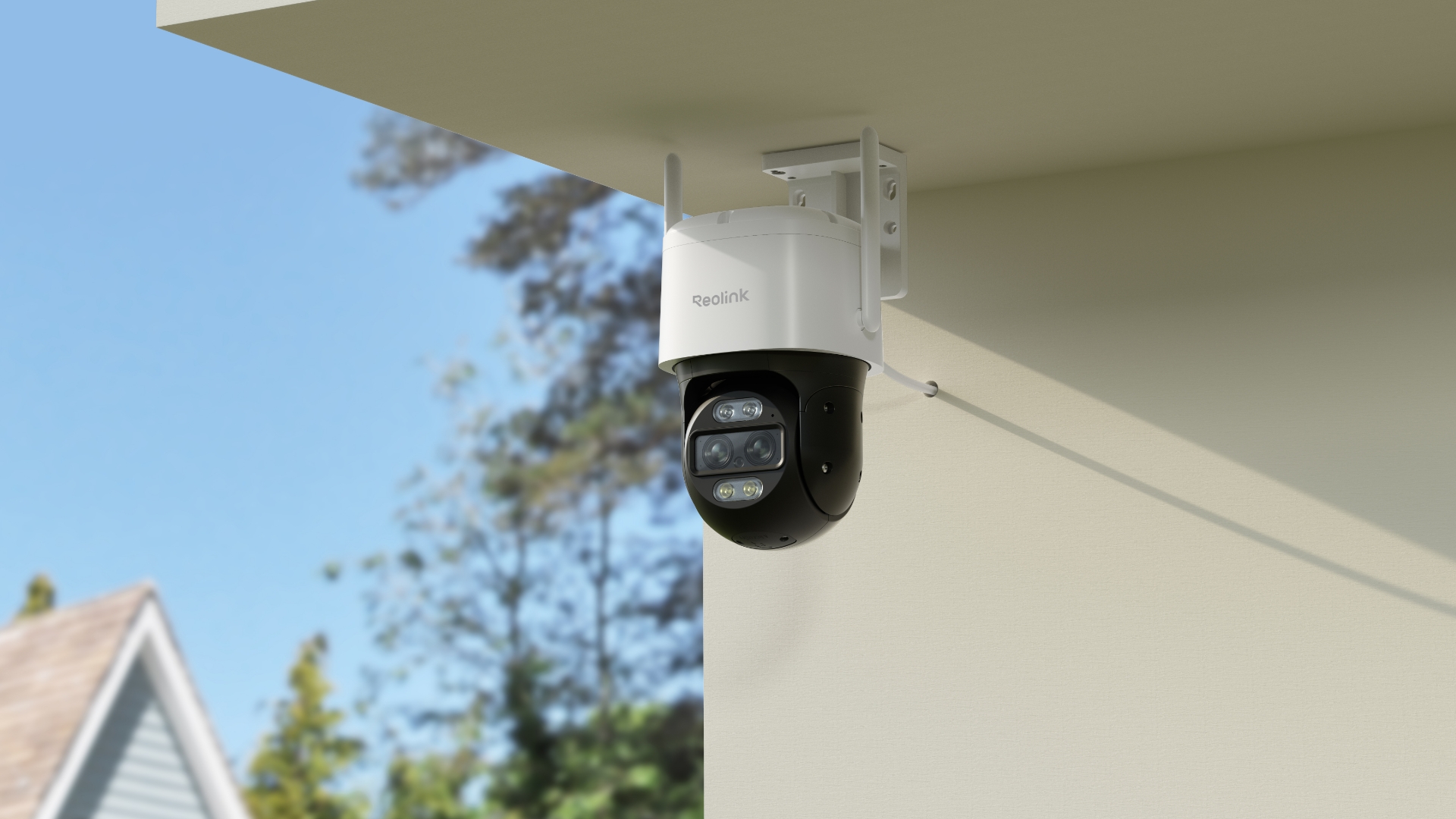
When you start shopping for an outdoor security camera you may be thinking that price should be your most important consideration – but honestly, that's not on our list here. You might be thinking brand of camera, or specs, reviews or features. But those aren't on this list either. And it's true that you should consider those things as well, they can and should matter to you depending on your needs and requirements.
However, of all the things you should take into consideration when you shop for one of the best outdoor security cameras for the exterior of your property, there are five things that are top of the list when it comes to importance. We discuss them all below, and explain why, but when it comes to brand, price and features, that'll be up to your personal needs and preferences which can really vary from household to household and from person to person.
1. The outdoor elements it will be exposed to
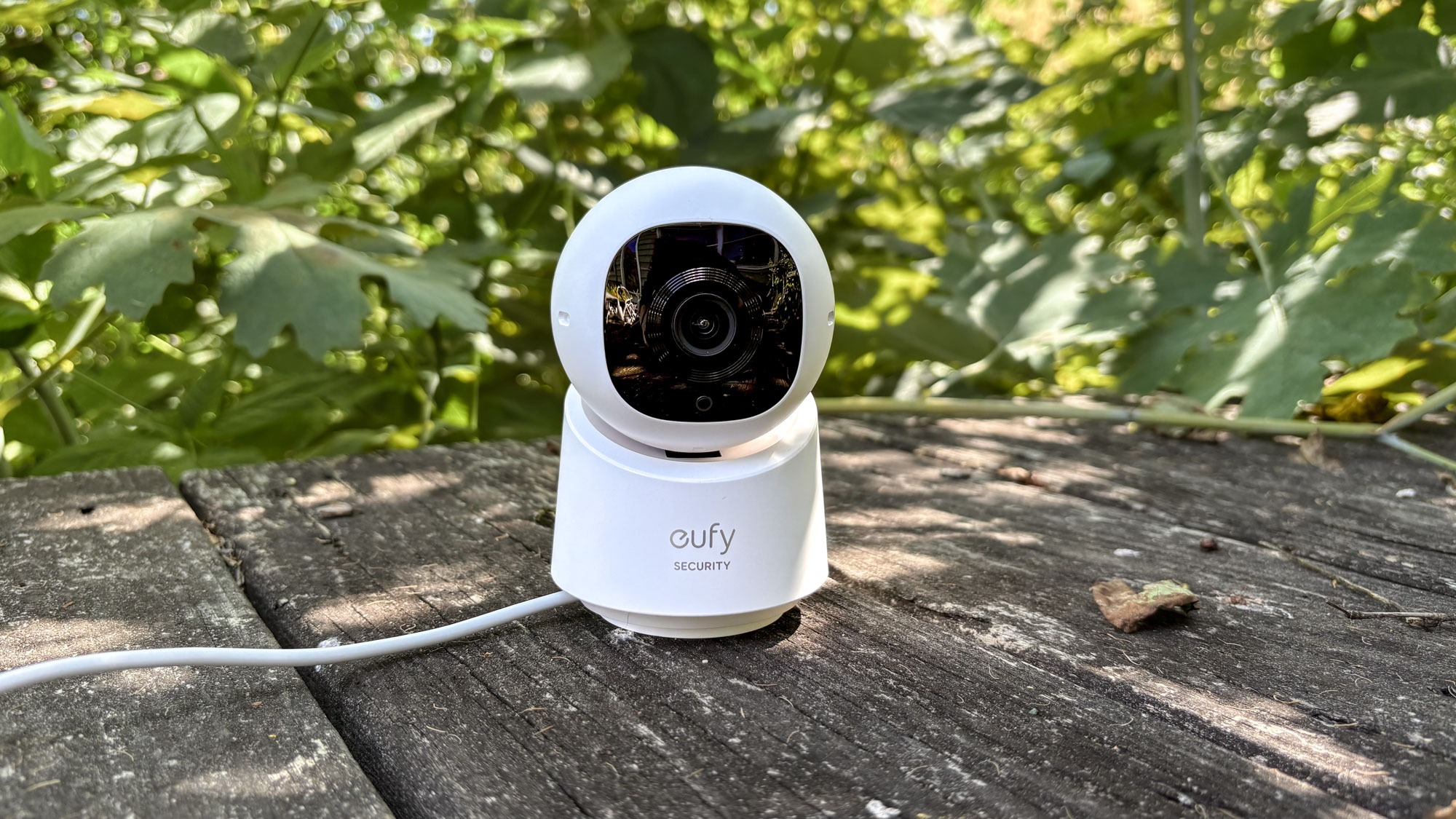
Just because something says "outdoors" on the label, doesn't necessarily mean it will survive the extremities of your climate. Make sure that the outdoor security camera you buy is ready for your climate by checking the IP rating: it should be IP65 or higher. IP65 indicates that the camera is protected against dust and slightly water exposure like rain.
Higher IP ratings, like IP66 will be good for more water exposure. IP66 will work for increased water resistance and a rating of IP67 means the camera can even be submerged for short periods of time. Ideally, the camera should still be positioned somewhere that it has some protection from constant water exposure like under an overhang or eave because this will extend the lifespan of the hardware by preventing water buildup.
You should also check the listed operating temperature range for the camera, especially if you live somewhere where the temperatures climb into the higher, or lower, ranges.
2. Your video quality and night vision requirements
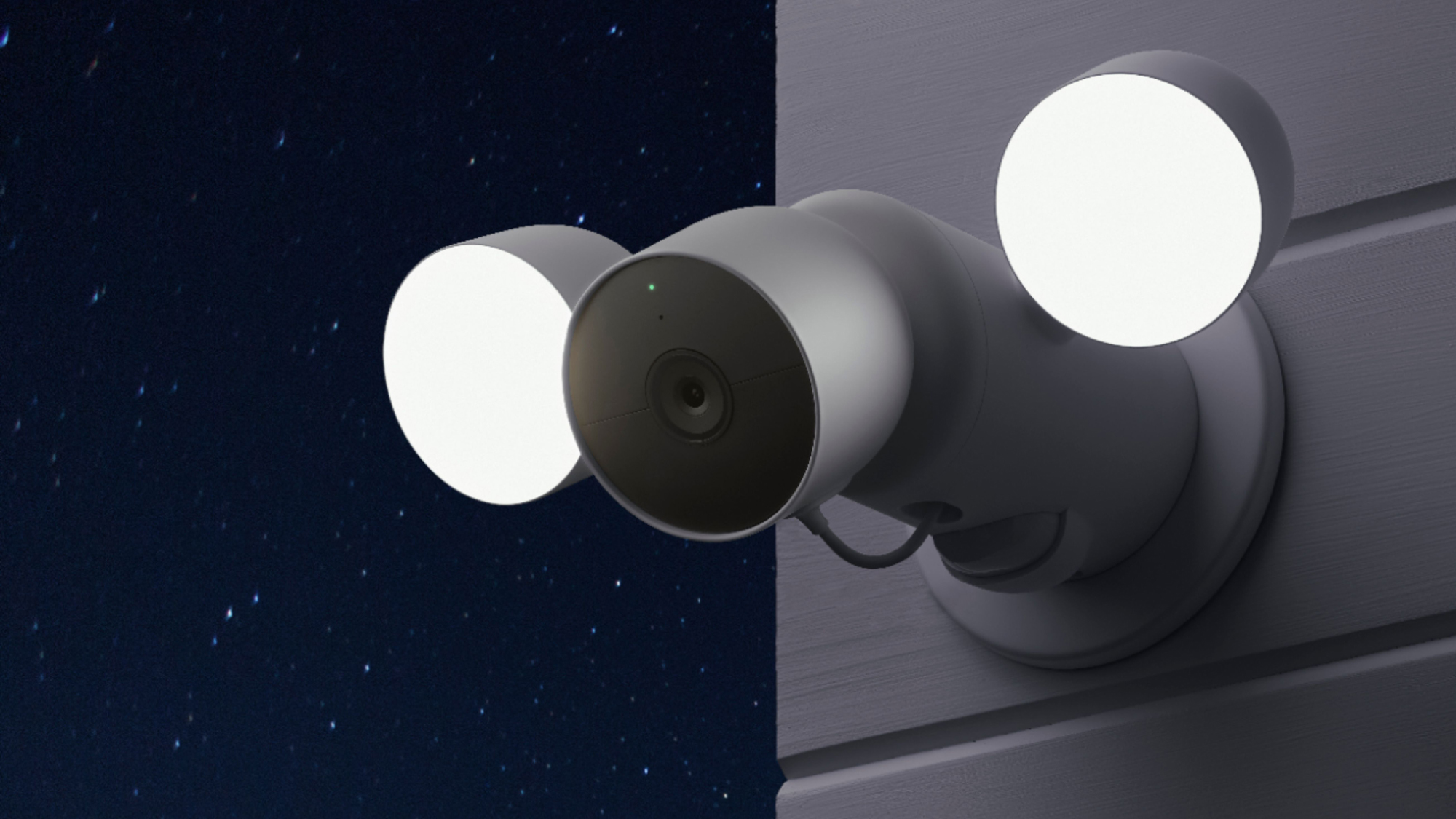
If the video quality from your outdoor security camera is too blurry to pick up details like a face or license plate, then it's not as useful to you as one that does. You're looking for a minimum of 1080p Full HD resolution – and that should be relatively easy as many outdoor security cameras these days will offer that or even higher, at 2K or 4K resolution.
You'll also have options for night vision: infrared (IR) or color night vision. The difference here is that infrared provides clear, black and white footage down to totally dark situations, and is considered reliable, while color night vision uses a built-in spotlight or sensor that can provide more detail to a feed by showing colors at night. This means a sensor or spotlight will also have to stay operational for your night vision feed to be visible. Something else to keep in mind is if your camera will be facing any large windows or reflective surfaces which may cause glare or ruin your image.
Get instant access to breaking news, the hottest reviews, great deals and helpful tips.
3. Power and connectivity sources

Here, we're looking at wired vs. wireless cameras. The options to consider are how is the camera going to receive power and how will it be transmitting data. Both answers are going to determine how you can set up your outdoor security camera and how reliable it will be. Check options for power sources, and check Wi-Fi signal strength before you choose a camera model or begin an installation.
A wired outdoor security camera will have continuous power, provided by a cable, and some can use a single cable for both power and internet (Power over Ethernet). Wireless options use batteries, and often will require a Wi-Fi connection. That will make them easier to install, as there are no cables, but does mean they'll need to be periodically recharged so they'll need to be placed somewhere they can be accessed. Also, battery powered models often only start recording when they sense motion in order to conserve power.
4. How it stores footage
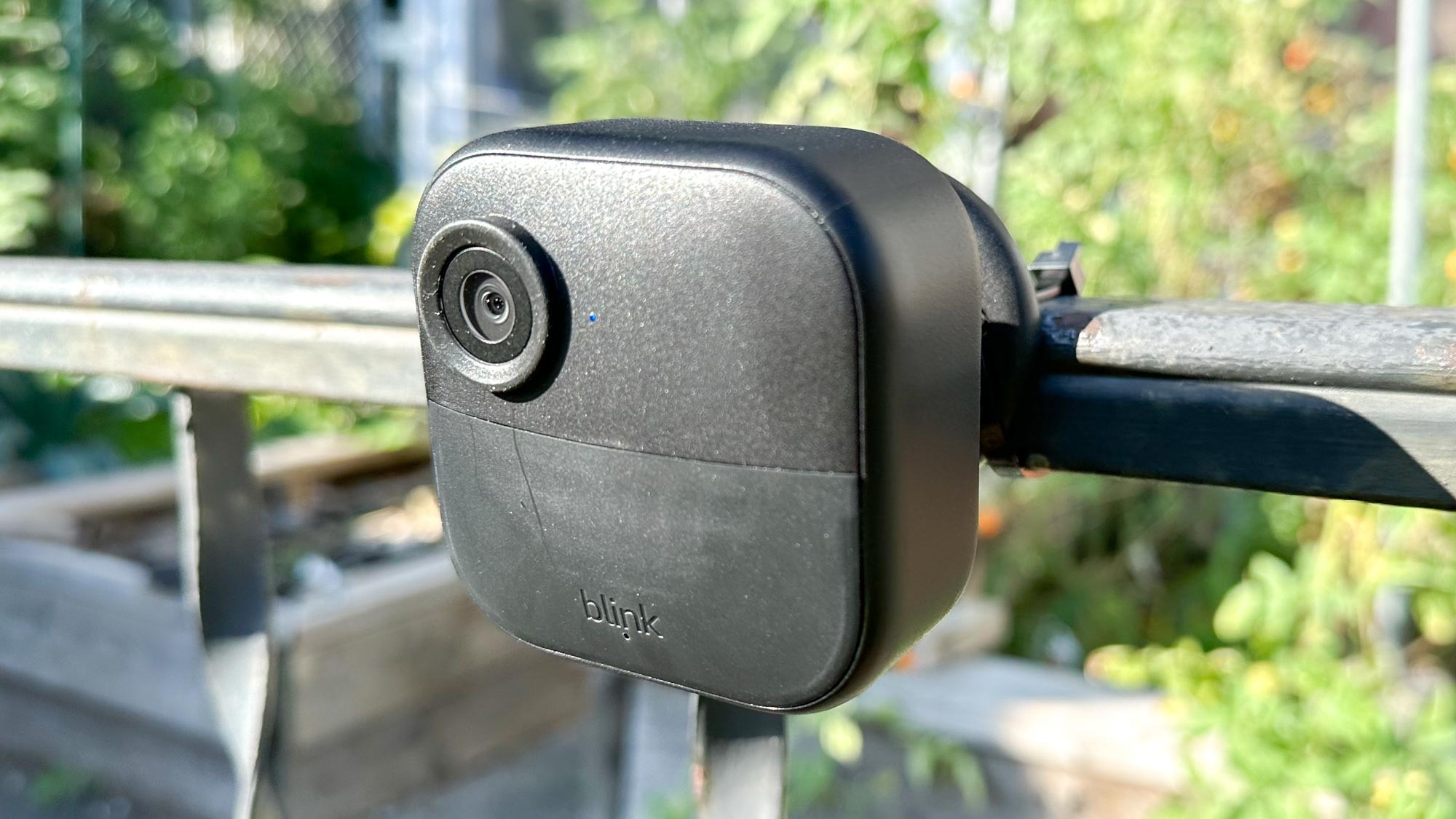
You'll need a way to access and store the footage you capture from the camera; some outdoor security cameras will come with local storage, usually via an onboard microSD card slot, sometimes a base station. This comes as a one time cost, but if you lose the microSD card or the base station is stolen or damaged, you also lose your footage.
Most people opt for secure cloud storage, which is hosted by the company that provides the outdoor security camera. This means that footage is immediately uploaded and available online, which keeps it secure, but does require a monthly or annual subscription fee. Things to keep in mind when deciding between the two is how many days of video history you'll want. Subscriptions often keep between 30-90 at a time, but if you're comfortable managing your own hard drive, you can hold as much as you want.
5. Potential installation locations
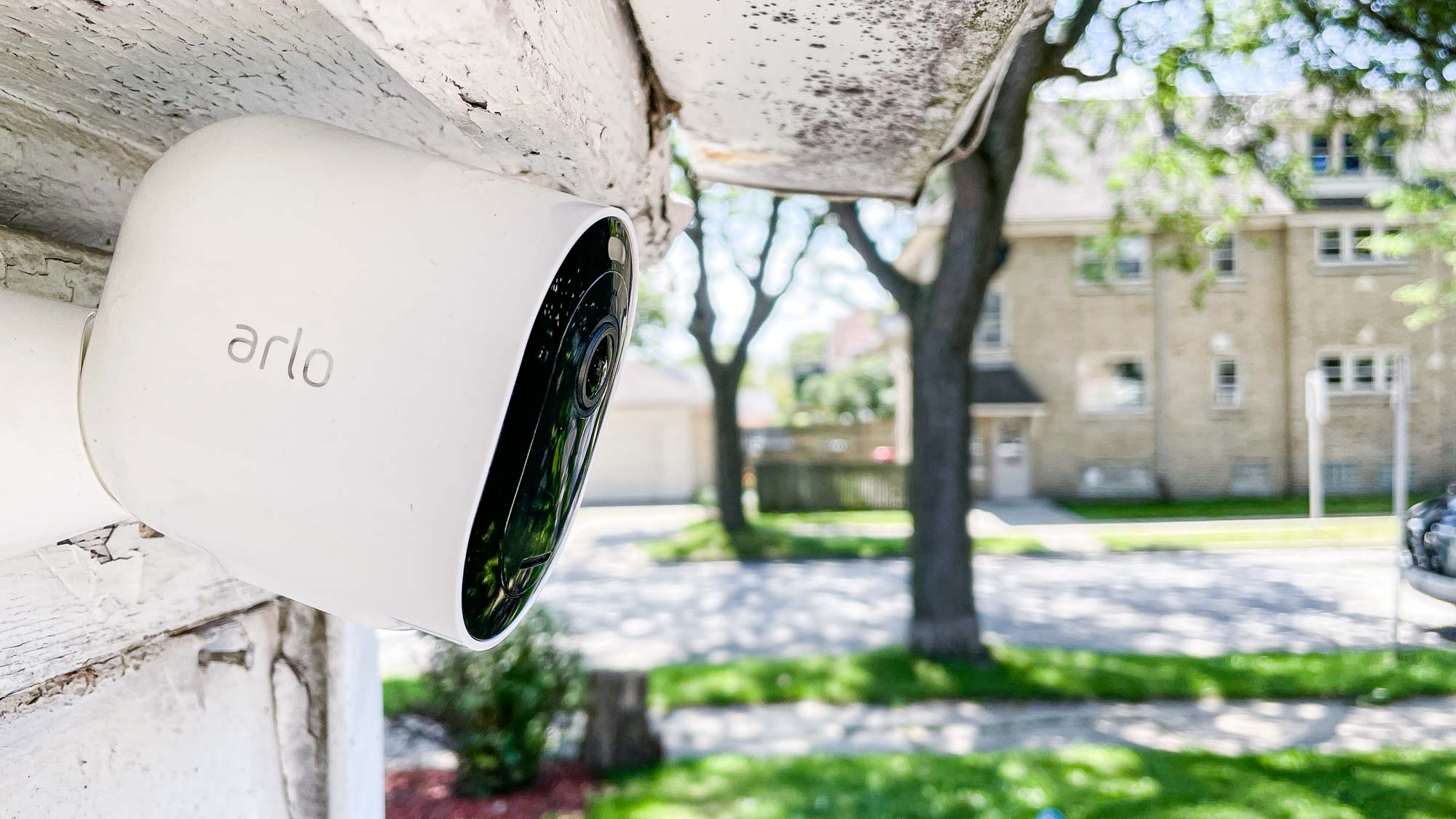
We've written about this before, but when it comes to places where you can put an outdoor security camera there are good places (and just plain bad places). Essentially, you're looking to minimize any blind spots and maximize the angles of the video capture.
Make sure to mount the camera high enough so it’s out of easy reach (and cannot be stolen) but low enough so it can still capture a clear image of a person’s face. Focus on key entry points like the front door and the garage, and make sure the camera is positioned so its looking across the area of interest rather than straight down at the ground. A slight downward angle is ideal for capturing faces and motion over a wide area. Avoid pointing the lens at angles that will get direct sunlight, as this will cause flare and overexposure.

Follow Tom's Guide on Google News and add us as a preferred source to get our up-to-date news, analysis, and reviews in your feeds.
More from Tom's Guide
- TP-Link Tapo C660 Kit review: Crisp video and everlasting power
- Wyze Cam Pan v4 review: The best budget 4K security camera
- Aqara Camera Hub G5 Pro Review: This security camera doubles as a smart home hub - and does both well

Amber Bouman is the senior security editor at Tom's Guide where she writes about antivirus software, home security, identity theft and more. She has long had an interest in personal security, both online and off, and also has an appreciation for martial arts and edged weapons. With over two decades of experience working in tech journalism, Amber has written for a number of publications including PC World, Maximum PC, Tech Hive, and Engadget covering everything from smartphones to smart breast pumps.
You must confirm your public display name before commenting
Please logout and then login again, you will then be prompted to enter your display name.
